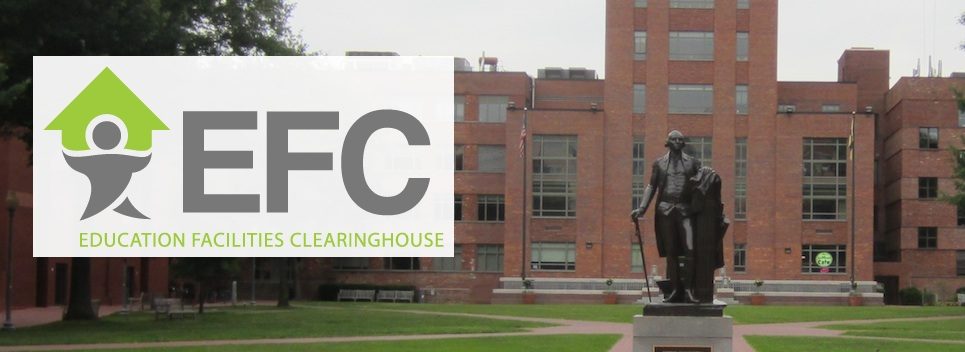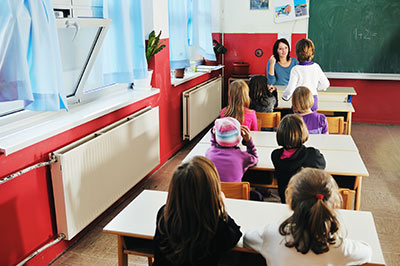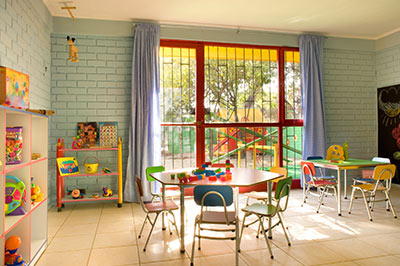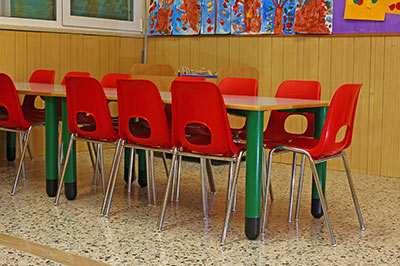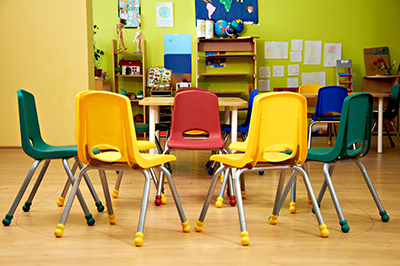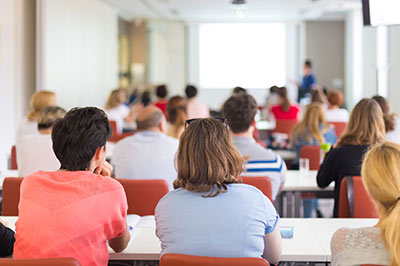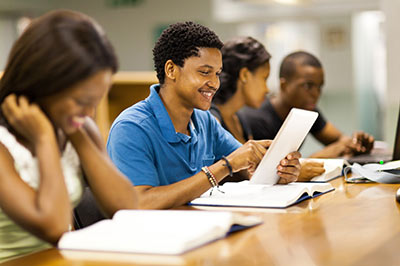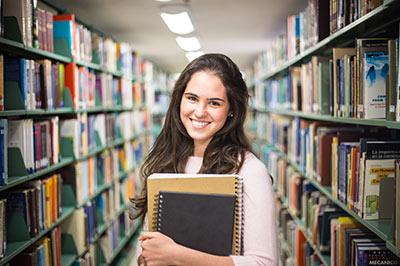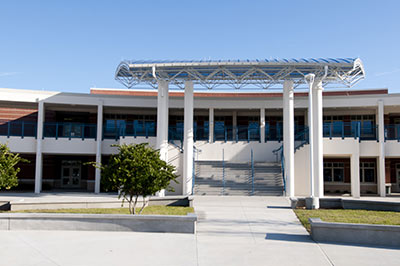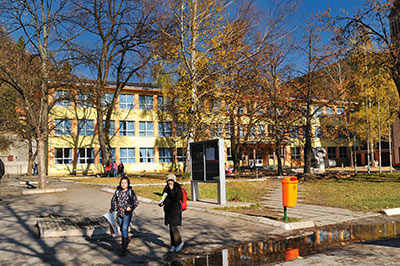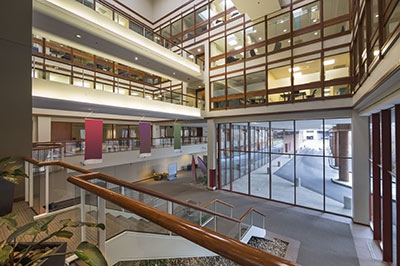Gaines & Curry, 2011
Color impacts student behavior within the physical learning environment. Due to the move toward including students with disabilities in the general education classroom, functional color applications are critical. This article reviews and analyzes existing literature and empirical evidence related to use of color in the classroom for students of all abilities. The three major areas reviewed were (1) the inclusive classroom for students with disabilities, (2) color theory, and (3) the physiological and psychological aspects of color. The results show that color is important in designing functional learning spaces. The results of this analysis may benefit educators, parents, and design professionals in designing beneficial learning environments for all students.
